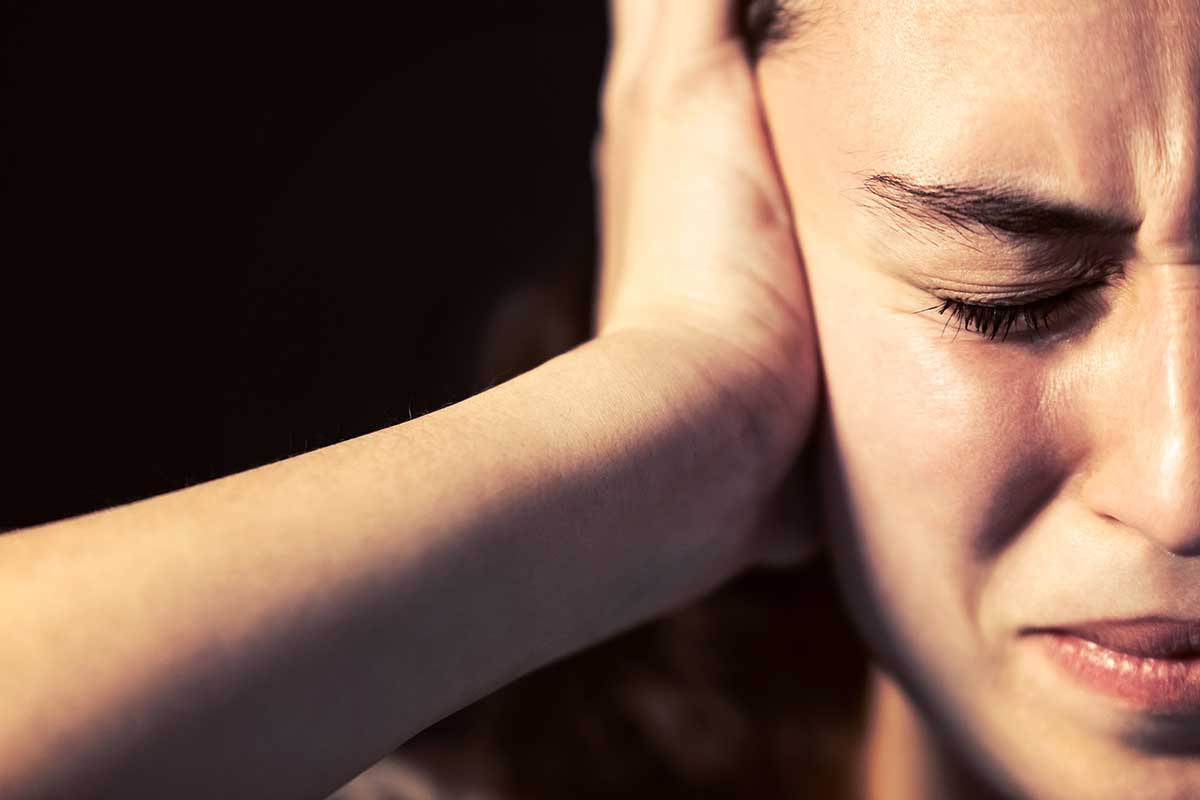As the “bi” in bipolar suggests, bipolar disorder manifests itself in two extremes–mania and depression. It’s these seemingly unrelated symptoms, and the fact that they can last for months, that may make bipolar hard to spot. So to understand the signs of bipolar disorder, you’ll need to understand the signs of each of these seemingly different mood types. Learn more about mental health disorders by reaching out to Viewpoint Dual Recovery.
Signs of Mania in Someone with Bipolar Disorder
The “highness” associated with mania is due to a drastic change in the hormones that regulate happiness, impulsivity, and pain tolerance. Happiness is generally a good feeling. However, imagine if you were so happy that you had little control.
That’s mania.
Here are some common signs of mania:
- Feeling excessively happy
- Not being able to sleep
- Talking very fast and talking over people
- Feeling very restless and wanting to move all the time
- Moving from one task to another rapidly, unable to focus on one thing
- Overconfidence in ones’ abilities, which could lead to dangerous stunts (Delusions of Grandeur)
- Doing risky, impulsive things like compulsive gambling, unprotected sex, charging up the credit cards, taking drugs
These mania periods can last as long as two to four months in the beginning and may be called “episodes” or “phases”.
Signs of Depression in Someone with Bipolar Disorder
Manic episodes are followed by depressive episodes, which tend to last longer, possibly eight to 12 months. Here are some signs of bipolar disorder depressive states:
- Feeling sad and hopeless for extended periods
- Withdrawing from family and friends
- Losing interest in activities they once enjoyed
- Loss (sometimes increase) in appetite
- Feeling excessively tired and sapped of energy
- Cloudy memory and concentration
- Thinking about or trying to commit suicide
It’s important to note that signs of bipolar disorder usually last for weeks or months. Most people experience several of the symptoms of mania and depression symptoms from time to time. The length that the symptoms last may give a family member a clue that a loved one has this condition.
Types of Bipolar
Bipolar disorder is divided into Bipolar I and Bipolar II.
In Bipolar I, a person experiences very extreme manic phases and may escalate very quickly to mania. As mania escalates this person may become increasingly uncontrollable. They may hurt themselves or others unintentionally.
In Bipolar II, mania is less severe. And a person tends to spend more time in the depressed stage. But without mental health treatment, the manic phases may escalate.
People who have Bipolar I often recognize that they have bipolar phases, so they may seek treatment. But people with Bipolar II often cannot see it because the mania is less pronounced and less frequent.
Mania also feels good because they are depressed so much of the time. So they may also mistakenly think that treatment will take away their ability to feel happy.
That is not the case. So it’s up to loved ones to get informed so they can spot possible signs of bipolar disorder. Encourage this person to get mental health treatment.
Mental Health Treatment for Bipolar Disorder Can Help
Bipolar disorder treatment begins with an evaluation. A mental health professional will assess your loved one to determine if they have this condition and any other conditions, such as addiction. When two mental disorders occur together, we call this Dual Diagnosis.
Dual diagnoses create a vicious cycle. Each makes the other worse. So doctors must treat them together.
Viewpoint Dual Diagnosis Recovery Center offers those with a dual diagnosis a safe and supportive environment to heal according to their unique needs. These include settings, such as:
- Partial Hospitalization Program (PHP)
- Intensive Outpatient Program (IOP)
- Outpatient Treatment Plan (OP)
- Sober Living Homes
If you or a loved one is suffering from bipolar, our team of compassionate professionals can help get them on the road to lasting recovery. Please call us at 855.746.3633 to learn more about dual diagnosis programs.







